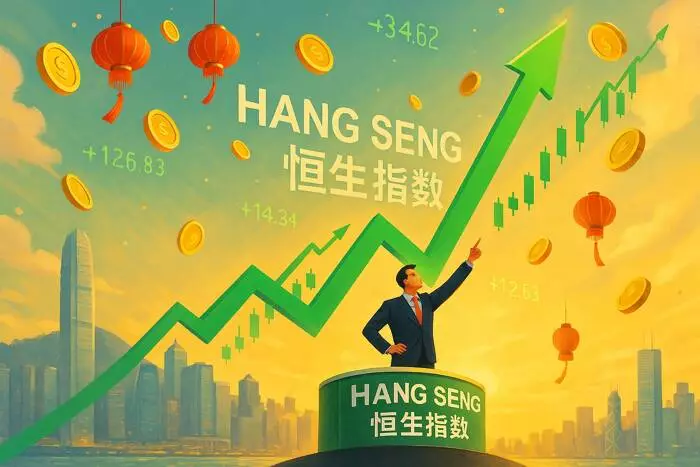Asian equities have been dancing to a complex tune lately, with mixed performances across various platforms, reflecting a broader global uncertainty. As of the week concluding on May 23, the Hang Seng Index demonstrated a notable uptick of 1.10%, marking its sixth consecutive week of gains. It’s a remarkable highlight amid a landscape clouded by debt worries and fluctuating central bank policies. However, the celebration was somewhat muted; a prevailing risk-off sentiment in global markets prevented the index from fully capitalizing on this momentum.
What stands out in this week’s performance is the dichotomy in sector performance. While automotive stocks like BYD Company Ltd. and Geely Automobile Holdings Ltd. fared well—showing gains of 7.14% and 2.84%, respectively—the technology sector experienced an overall downturn. Alibaba’s significant drop of 3.73% post-earnings announcement indicates the pressures that tech companies are currently facing. Their disappointing earnings results send ripples across investor sentiment, exemplifying how fragile market dynamics can be.
China’s Economic Outlook and Its Consequences
It’s crucial to recognize the implications of broader economic conditions affecting equity markets. In China, the CSI 300 index slipped by 0.18%, while the Shanghai Composite Index faced a decline of 0.57%. These downturns highlight growing concerns about the nation’s economic outlook. Faced with slowing growth and uncertainties, investors appear cautious, weighing the implications this can have on their portfolios.
The backdrop of underperforming domestic indices sheds light on the rising anxieties about China’s economic recovery. Various indicators suggest faltering consumer demand and industrial output, stirring worries that the economic engine may not rev up anytime soon.
The Gold Rush Amidst Tensions
In sharp contrast to equities, gold witnessed a robust rally, ending the week at $3,356.66—a significant increase of 4.84%, largely fueled by growing tensions around trade and persistent U.S. debt concerns. This marked response underscores gold’s historical role as a safe haven asset. Investors often flock to gold during crises, reaffirming its status amid fluctuating market sentiments.
Simultaneously, oil markets faced their own set of challenges. WTI crude oil prices fell by 0.53% to $61.375, spotlighting oversupply concerns that weigh heavily on the oil sector. The mixed messages from commodity markets showcase the wider complexities investors face, as numerous factors intertwine to shape market reactions.
Australia’s Mix of Gains and Losses
Turning to the Australian markets, the ASX 200 managed to eke out a gain of 0.21%, even as it concluded an impressive eight-day winning streak. The resilience of technology, gold, and banking stocks played pivotal roles in this performance. The 1% increase in the S&P/ASX All Technology Index, boosted heavily by the Reserve Bank of Australia’s (RBA) dovish rate stance, reflects an optimistic outlook for the tech sector down under.
Additionally, Northern Star Resources saw a significant 9.82% jump, propelled by the soaring gold prices. This dynamic in Australia reflects a microcosm of the broader market—a mix of optimism in certain sectors against the backdrop of global uncertainty.
Japan’s Economic Position: A Rising Yen and Challenges Ahead
Meanwhile, the Japanese market did not share the same fortunes. The Nikkei 225 Index fell by 1.1%, hampered by rising inflation rates and the subsequent strengthening of the Yen. The statistical uptick in underlying inflation from 3.2% to 3.5% stirs speculation about potential rate hikes by the Bank of Japan. Such monetary policy shifts can significantly impact Japan’s export competitiveness, causing ripples through its corporate earnings landscape.
This recent volatility presents a challenging dichotomy for Japanese companies. The stronger Yen might protect consumers by reducing import costs but poses significant hurdles for exporters. Companies like Nissan and Softbank suffered losses as market sentiment remained subdued, showcasing the challenges businesses face in this rapidly changing landscape.
In light of these developments, tracking the interactions between global events—such as Trump’s proposed tariffs on EU imports—and upcoming economic indicators from the U.S., Australia, and Japan becomes increasingly critical. These factors will undoubtedly shape market trajectories and investor decisions. Each statistic, each new announcement adds another layer of complexity, making it vital for investors to stay strategically agile amidst these fluctuations.

